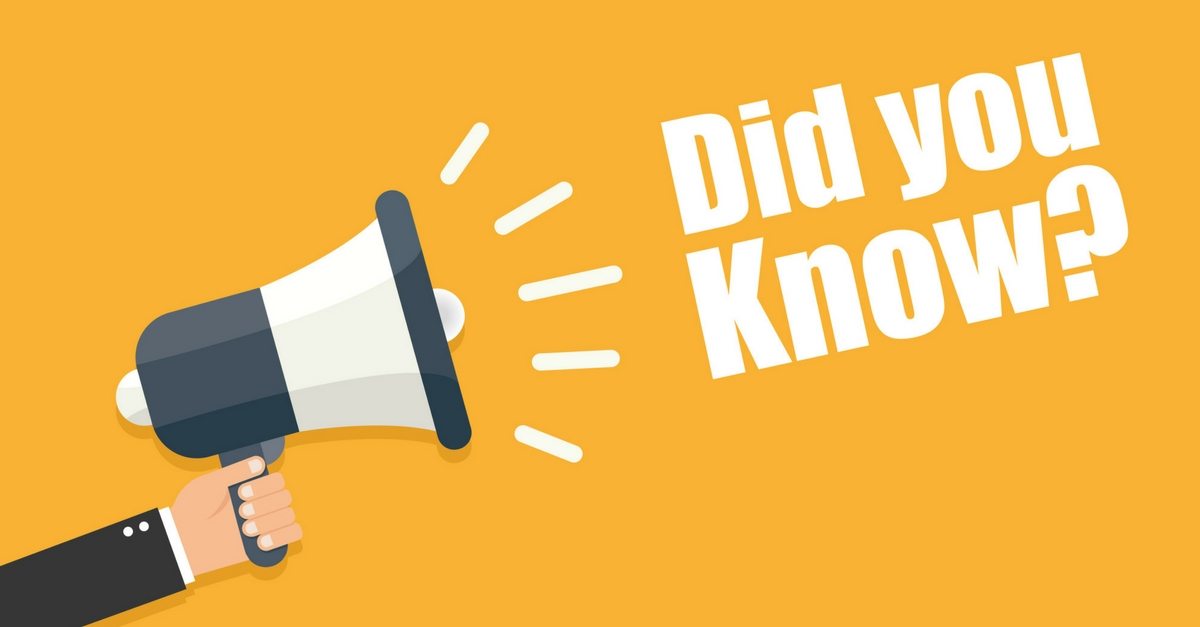
Before you file bankruptcy, you’ll need to know what you’re getting into. Here are 10 important items you need to be aware of before you consider bankruptcy as a debt resolution option. Understanding the pluses and minuses will help relieve the stress of making a decision that works best for you and your family.
- You won’t lose everything. When filing bankruptcy in Canada most of your personal belongings are exempt from seizure. There are bankruptcy exemptions that allow you to keep a car, furniture, clothing and your RRSP’s (except for recent contributions), life insurance and pensions. Filing bankruptcy will not leave you destitute. In fact it is a step towards recovering your finances so you can build and move forward.
- You will have to make monthly payments. There is a cost to declare bankruptcy. A minimum payment is required to cover the administrative costs, generally $200 per month plus you may have to make additional surplus income payments depending upon your income. However compare this to the alternative of struggling to try to meet all your current monthly debt payments. In most cases your monthly payments will be less than you are paying now and they certainly will improve your cash flow down the road once your debts are eliminated.
- Bankruptcy will not affect your job. Only in rare cases (for example you work with trust accounts managing other people’s money) will filing bankruptcy affect your employment. We do not notify your employer unless you direct us to in order to stop a wage garnishment.
- Bankruptcy does not affect your spouse. Filing for bankruptcy does not affect your spouse’s credit rating or their debts. If they have co-signed a loan for you, or you have debts in both your names, they will still be responsible for these debts. If this is the case, talk to your trustee about bankruptcy options for both spouses.
- You will not automatically lose your house. You will need to show your trustee a valuation on your house and a recent mortgage statement. If your house is worth less than your mortgage but you want to remain in your home, you usually can as long as your mortgage payments are kept current. You will have to pay the trustee for any equity you have in your house however you do not have to pay everything up front. You can make payments over the term of your bankruptcy. If you need longer to pay you can also consider filing a consumer proposal which will allow you to make payments for up to 5 years.
- Bankruptcy stops creditor collection actions. That includes wage garnishments and collection calls. If your mortgage or car loan are in arrears, these secured creditors can still pursue you for payment and take possession of your house or car. However filing bankruptcy may deal with your other debts allowing you to catch up on these payments before this happens.
- You can be discharged in as short as 9 months. How long your bankruptcy lasts depends on your income and if you have filed bankruptcy before. If you are below the government’s income limit and this is a first bankruptcy, you would be eligible to be discharged in 9 months. A second time filer with surplus income will be in bankruptcy for 36 months.
- Your debts go away once you are discharged. You must complete your duties including submitting proof of income each month, attending two credit counselling sessions and making the required payments but once you do you will be discharged from all of your debts included in your bankruptcy.
- Bankruptcy will affect your credit rating. A first bankruptcy is on your report for 6 years after discharge. However your credit rating is probably already poor today and will not improve unless you take action to do something about your debts. We will also show you ways to purchase items where you need credit, like obtaining a secured or prepaid credit card, or using a Visa debt card.
- There are other options available. Bankruptcy may or may not be the best option for you. There are alternatives to bankruptcy like making a consumer proposal to your creditors.
When you meet with one of our local Licensed Insolvency Trustees for a free consultation, we will help you determine whether filing personal bankruptcy is right for you. No-one will pressure you to make a decision and we are happy to answer any other questions about bankruptcy you may have.






